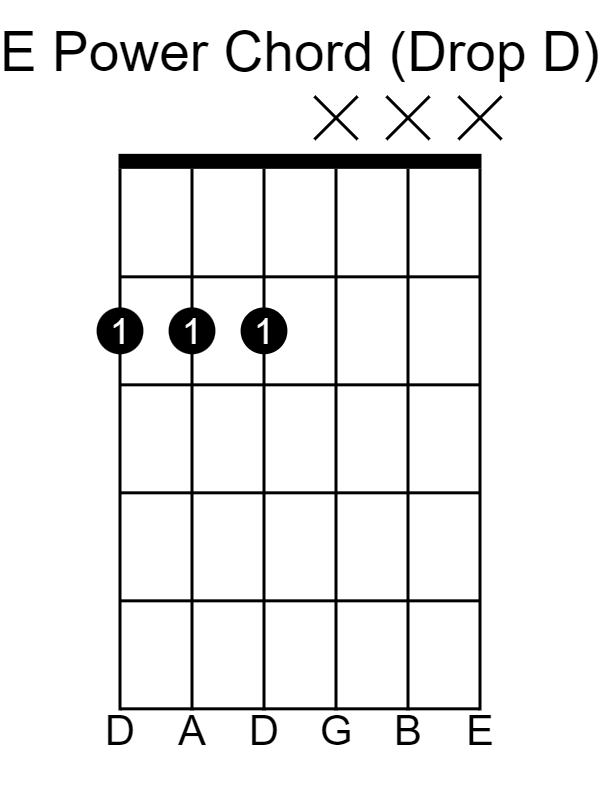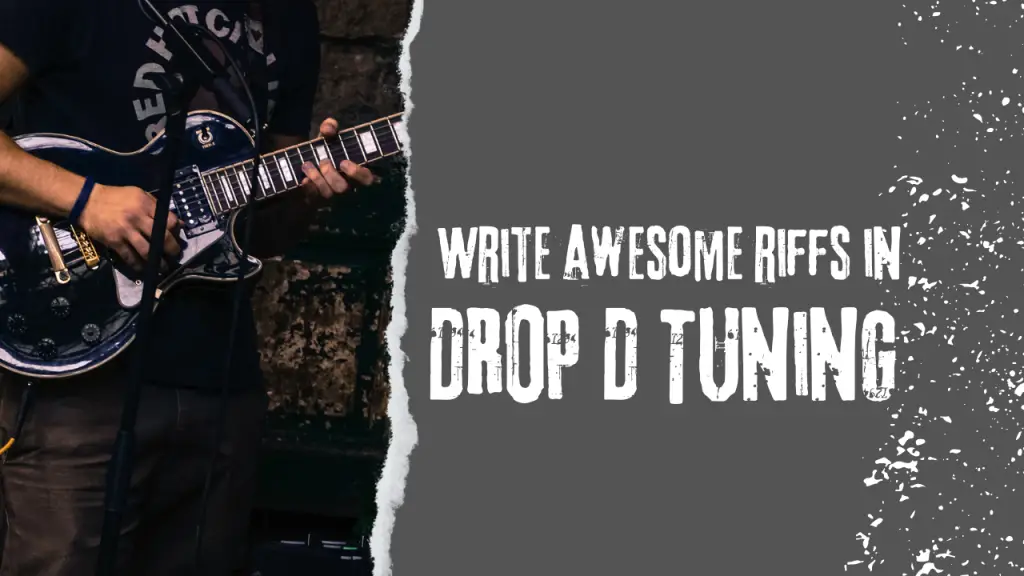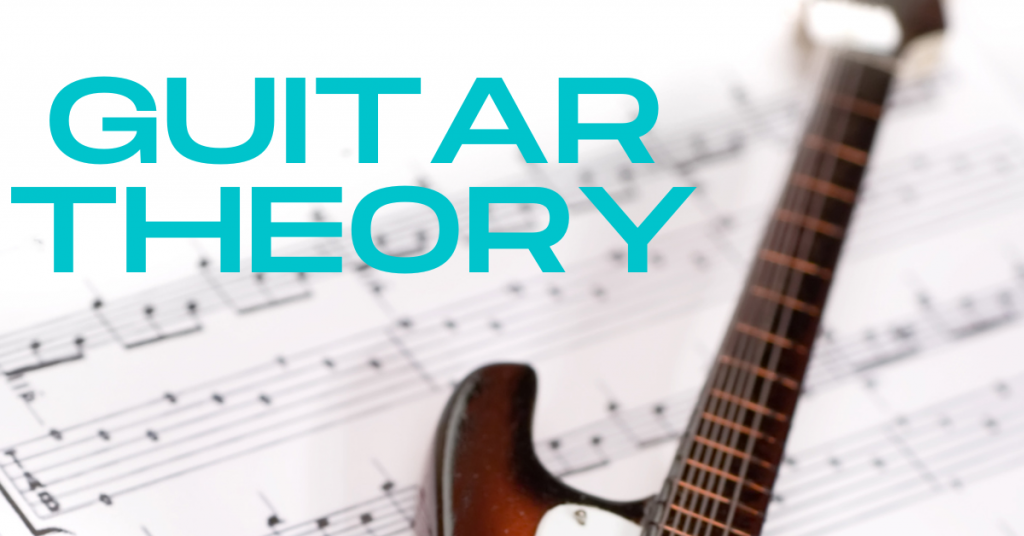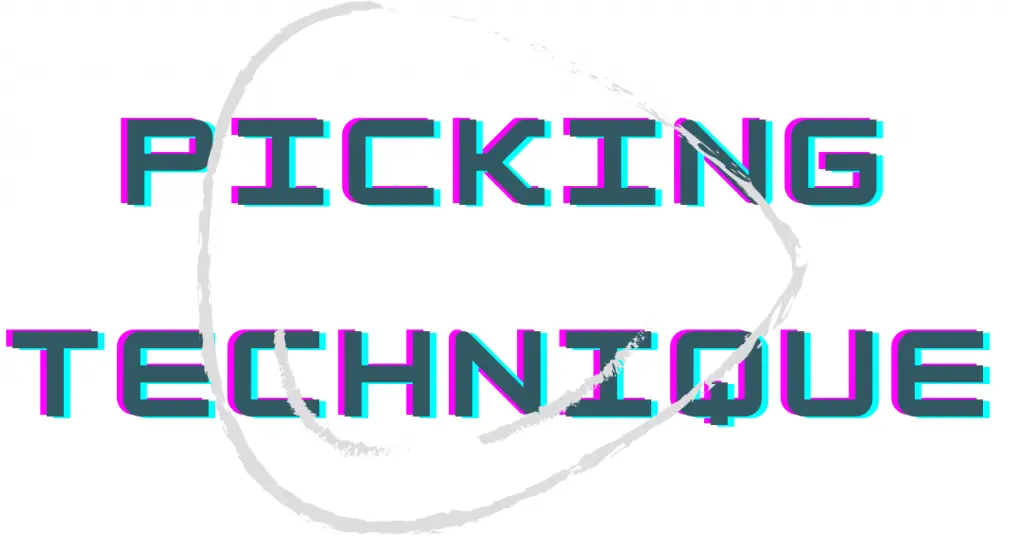Table of Contents
Understanding Drop D Tuning Guitar
One of the greatest and easiest ways to rock out on guitar is with the Drop D tuning.
It will give you easy access to a low pitch that makes you sound heavy, and grants you the ability to rock like a guitar legend.
Let’s dive in where you’ll learn what drop d tuning is, and how it works.
What is Drop D Tuning?
Drop D Tuning on guitar is an alternate tuning in which you tune your Low E string down a whole step to a D note (E2 to D2).
To compare, standard guitar tuning is: E-A-D-G-B-E
Drop D guitar tuning is: D-A-D-G-B-E


How do I tune my guitar to Drop D?
There are 3 common ways to tune to drop D.
- Use a guitar tuner. This is definitely the best way to tune to drop D, and will always be the most accurate way.
- Pluck your open D string, and match that note on your lowest string.
- Listen to a D note played at D2, and match it with your lowest string.
Why do guitarists use drop D tuning?
As a general rule guitarists use drop D tuning to access a lower note (D2) not available to them in standard tuning.
The lower note makes it possible to bar power chords on the 3 lower strings. The tuning also gives the guitar two extra low notes, D and D#, without losing access to any other notes on the guitar.
This example shows the difference between power chords in standard tuning and drop D tuning. As you can see, you’ll use a bar for Drop D, and you’ll use multiple fingers to play a standard power chord.


This new access to barred power chords makes it easy to play riffs, and opens up the fretboard to more compositional opportunities.
Who uses drop D tuning?
There are thousands of bands and artists that use drop D tuning. The tuning is most commonly used in rock and metal, but it pops up in other genres and styles as well.
Two popular metal bands that use drop D tuning are Tool and Avenged Sevenfold.
Two popular rock bands that use Drop D are Foo Fighters and Linkin Park.
Here’s an in-depth list of songs that use drop D tuning, from Rock Guitar Universe.
Drawbacks of Drop D Tuning Guitar
There are no major drawbacks of drop D tuning. However, there are some light ones.
For starters, you have to rethink how the notes are named on your Low E string. This means you’ll have to rethink harmony, scales, and fretboard visualization as it relates to the low D string.
Secondly, you may find it difficult to play styles and genres outside of rock and metal if you are strictly playing in drop D or other drop tunings.
Lastly, you’ll have to transpose standard tuning songs to drop D. This is a small thing however, because you can simply tune back to standard tuning instead of transposing the song.
Summary: What is Drop D Tuning
To summarize, you can tune to drop D by tuning your Low E string down a whole step.
This tuning will allow you to access two extra notes, D2 and D#2, which gives you an extra range for playing or writing music.
The tuning is generally used for rock and metal guitar but fits in well with most styles where the tonal center is a D note.
For your next steps, learn some songs and power chords in drop D tuning!



